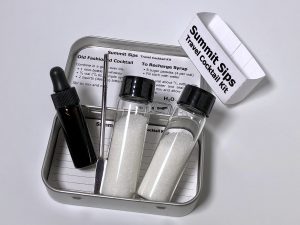
Edgewood
 Ever since it appeared in the March/April 2008 edition of Imbibe Magazine, We have wanted to make the Edgewood by Greg Best, Holeman & Finch, Atlanta. We’re not sure why we delayed. Perhaps it was because we rarely buy grapefruit, or maybe we were just waiting to get our hands on the right vermouth. In any case, we finally mixed one up and as expected, it’s a decent drink. The ingredients are not so obscure that it would prevent you from tracking them down, and even if you run into trouble with one thing or another, you can always make a few substitutions and still come away with a solid cocktail. We went ahead and made two versions (it was happy hour after all) and both worked nicely.
Ever since it appeared in the March/April 2008 edition of Imbibe Magazine, We have wanted to make the Edgewood by Greg Best, Holeman & Finch, Atlanta. We’re not sure why we delayed. Perhaps it was because we rarely buy grapefruit, or maybe we were just waiting to get our hands on the right vermouth. In any case, we finally mixed one up and as expected, it’s a decent drink. The ingredients are not so obscure that it would prevent you from tracking them down, and even if you run into trouble with one thing or another, you can always make a few substitutions and still come away with a solid cocktail. We went ahead and made two versions (it was happy hour after all) and both worked nicely.
The Edgewood by Greg Best
1.5 oz dry gin
1 oz grapefruit juice
.5 oz Punt e Mes vermouth
.5 oz Lillet Blanc
pinch of sea salt for garnishShake with ice and strain into a chilled cocktail glass. Garnish with a pinch of sea salt on the surface of the drink.
Let’s break this down and then go over some variations. First, it’s a gin drink. We used Bombay, but any London Dry gin will work here. Then, there’s the grapefruit. We don’t know why we don’t make more drinks with grapefruit. Every time, it’s a surprise how well the juice works, especially when it’s paired with gin. The spirit’s botanicals seem to bolster everything good about the flavor of the fruit, while the juice itself takes the edge off the spirit and subtracts the evergreen flavors that some people find offensive in gin. It’s a good union.
Next, we have a familiar modifier, Lillet Blanc. We have discussed Lillet before in some wonderful classics like the Corpse Reviver No. 2 and the Vesper, but here it’s augmented by a red vermouth called Punt e Mes. Translated from Italian, the name means point and a half, which refers to either a bump in the stock market which led to the vermouth’s creation, or the equally likely description that the flavor is one part sweet and a half part bitter. If you are an Amaro hound, you probably have a bottle of this. Like all vermouths, the flavor of this one is unique and has a bitter element that puts it halfway between a typical rosso and something stronger like Campari.
The final element not to be overlooked is the sea salt garnish. We have read that salt has been shown to reduce the perception of bitter flavors and that is probably true here, but we really don’t have that much bitterness to worry about. Still, the small addition of salt does help season the cocktail and brings out flavors you might not notice otherwise. It’s by no means a salty drink, but we like the effect it has overall.
We knew we would appreciate this combination of flavors which is why it was worth making another version alongside the first. The real Edgewood (probably named for the residential suburb east of Atlanta), is the somewhat darker drink in the photos. It also has a deeper, more complex flavor that just feels fuller on the tongue. Our impostor variation (let’s call it the Maplewood—a suburb that lies east of St. Paul) came out much lighter. We used ruby grapefruit in both versions, but the Maplewood subs Cocchi Americano for the Lillet, and uses Dolin Rouge in place of Punt e Mes. We figured Dolin might be easier to track down than Punt e Mes, but then we turned around and added Cocchi Americano which isn’t all that easy to find yet. Look, folks, this is what we have available. As far as flavor goes, the Maplewood has a lighter feel that allows more of the grapefruit to peek through which isn’t a bad thing. The salt has the same bridging effect, and like cocktail bitters, you might not know it’s there even though it does transform the flavor somewhat.
Go ahead and experiment with your own combination of sweet and dry modifiers. Lillet isn’t exactly a dry vermouth, but you could try one of those too. It also opens the door for taking this drink in another direction by subbing a liqueur. Pair it with an Amaro, Madeira or sherry—seriously, there’s a lot you can do with this. We are wondering what would happen if we used St-Germain with a bit of Fernet Branca. You never know. . .
From The Shop:
Recommended:
You Might Also Like:
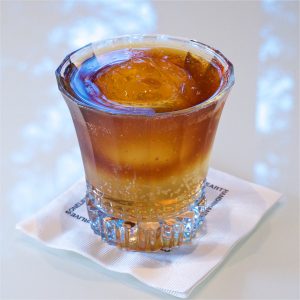
Cold Brew & Tonic
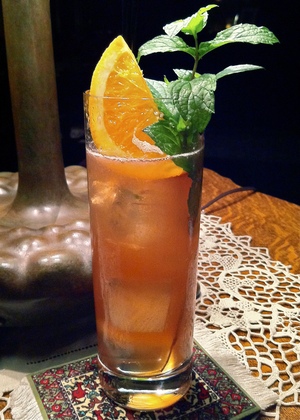
Singapore Sling
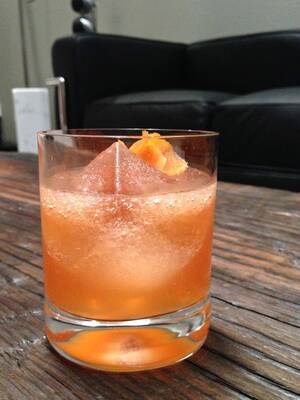
Church

Grounded For Life
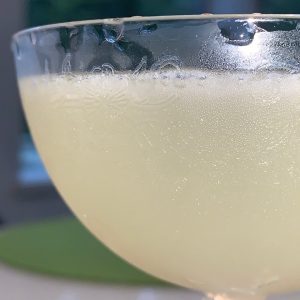
Vieux Mot
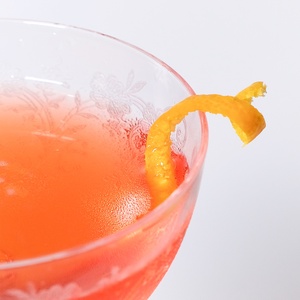
Fogerty

Floridita Cocktail
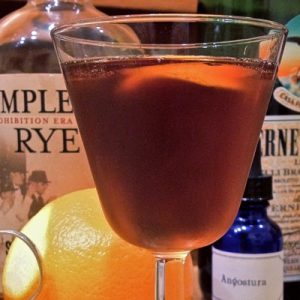
Toronto

Breakfast Collins

Drink with No Name: The Harrington

Margarita

Fangs Out

20th Century Cocktail

Cranston
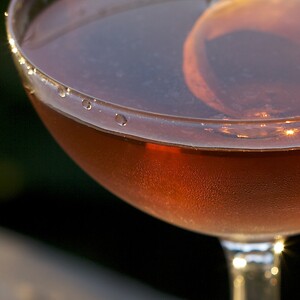
Bobby Burns
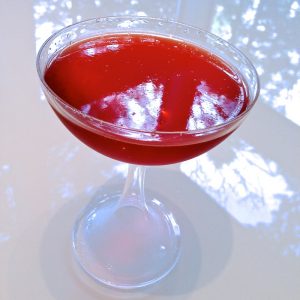
Eeyore’s Requiem
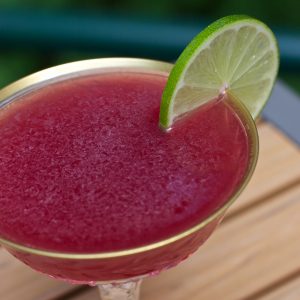
Sea of Cortez
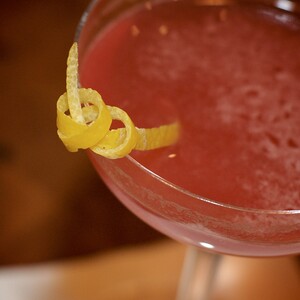
The Scofflaw
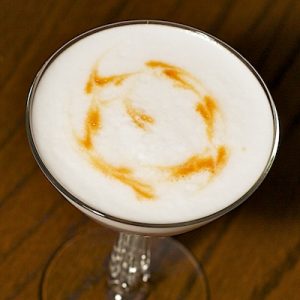
Iron Cross
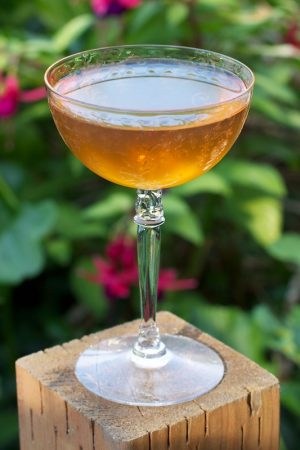
Bensonhurst
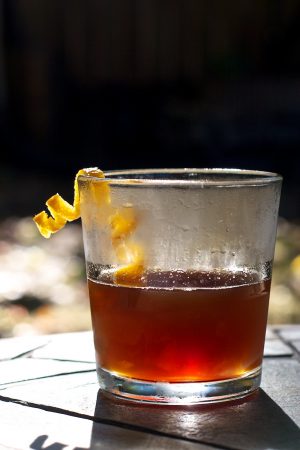
Bitter Branch
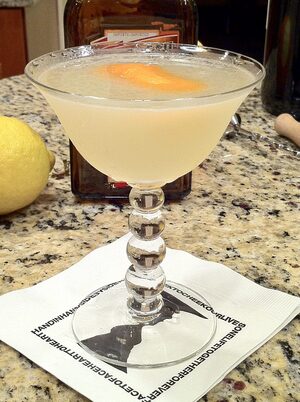
Corpse Reviver #2

Fernelderwood

Red Pepper Daisy
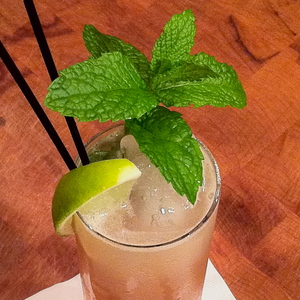
El Diablo
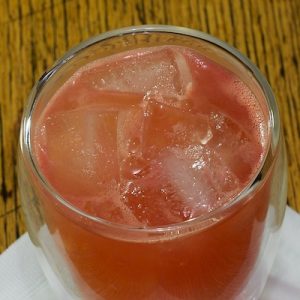
Saw Tooth
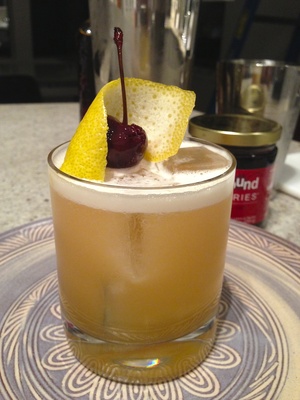
Amaretto Sour
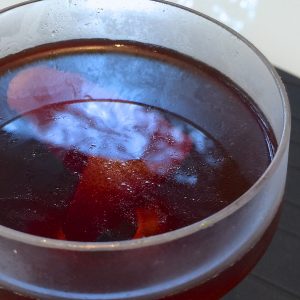
Palmetto

Basil Oil Garnish
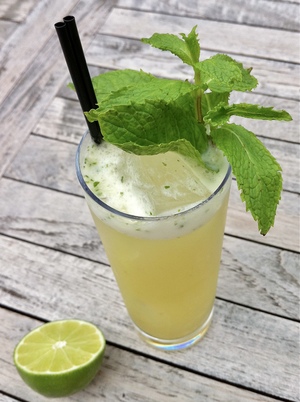
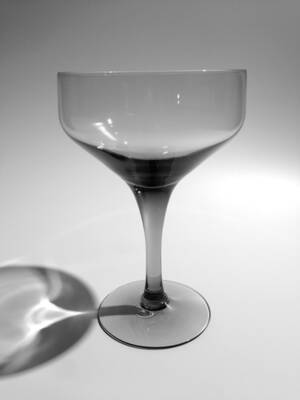

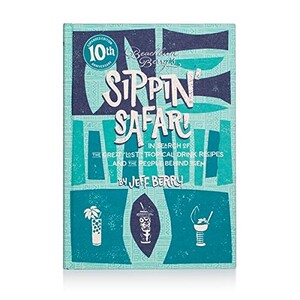


Great to see this drink, H&F and Atlanta get some publicity. I was at H&F not too long ago and they were making this drink with Beefeater 24, and then Cynar and Muscatel Wine in place of the Lillet and Punt e Mes. By the way Edgewood is an Atlanta neighborhood, just a few miles directly east of downtown (I live in Edgewood). Thanks for posting!
Cynar is exactly where I was going to go with the next variation. Glad to see it is being used officially! I am a huge fan of the stuff. Are they still garnishing with salt?
I would assume salt is still being used as a garnish, although I cannot confirm for sure (it was a bit dark where we were sitting). This was a few months back and H&F was celebrating their 3yr anniversary with their “greatest hits” cocktails. For me, I think the Beefeater 24 really makes it. I’m thinking about trying your suggestion of Fernet and St. Germain, that actually may work really well!
Let’s both give the “Fernelderwood” a shot. I won’t be able to do so for a couple of days, but I’d love to compare notes on that combo. I don’t have any B24–I haven’t seen it around here at all come to think of it, but that might not be the dominant flavor anyway.
Deal. I myself need to buy some Fernet. The B-24 was just recently stocked down here witin the past 3-4 weeks so maybe you’ll see it soon.
Ok. I just mixed up a Fernelderwood as follows:
1.5 oz Bombay Dry
1 oz grapefruit
.5 oz Fernet Branca
.5 oz St-Germain
Pinch sea salt
So, it’s the same exact proportions. Salt garnish. I gotta say, I really like this variation!
It has an odd, faint cola flavor going on. It’s not just the Fernet. The elderflower, the gin–I hate to say it, but I think I may like this better than the original.
I will definitely experiment with Fernet and StG again. Wondering if lime would be even better.
I think the Fernelderwood definitely works but I’ve gotten stuck on Cynar + StG. Gin, grapefruit and Elderflower is a modern classic combination for me, and I would love Cynar on my breakfast cereal. Happy Experimenting!
Randy, Excellent post as usual. This is one of our favorites as I dearly love grapefruit in a cocktail; ever since I had my first Hemingway Daiquiri years ago. I would suggest trying this with a white grapefruit. The ruby is too sweet in my opinion, but it still makes a serviceable cocktail. Honestly I’d rather use the ruby than go without. But I think the more traditional white makes a better Edgewood. I haven’t been able to find them for ages so it’s a treat when I get one. Let me know if you’re able to try one. Jason… Read more »
Jason, thanks for the comments. I am glad you pointed out the difference between the grapefruit varieties. I have never been a fan of eating grapefruit or drinking the juice, but I am outgrowing that aversion and finding that I love it in cocktails! That said, I never knew there was a flavor difference between white and ruby. I’ll definitely be trying both now that I know they have differences beyond just color (silly me).
Randy,
While you’re at it, before you make the Edgewood slice off some of the peel to use as a twist in the Amaro Amore. It doesn’t use grapefruit juice, just the peel. Then the grapefruit will keep for a while (although wounded a little bit :-). But, this way your grapefruit does double duty.
http://www.quietdrinking.com/drinks/last-nights-drink-amaro-amore/
No question, a grapefruit twist is always worth the effort. A fresh grapefruit contributes an amazing amount of oil from its peel with flavor and aroma so delicious that you can literally put a new “twist” on old recipes. It’s high time I write something specific about garnishes. Maybe grapefruit-cello is worth exploring.
As always, their publication is magnificent. I’ve tried the Edgewood drink recipe and it’s exploded.